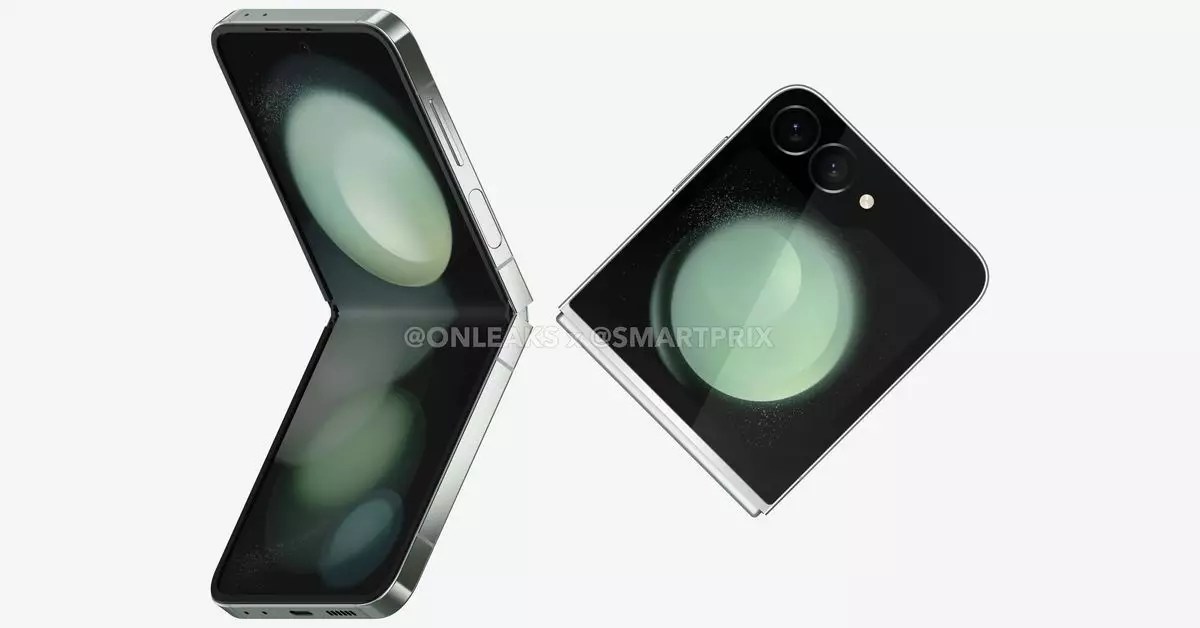In recent FCC testing records, there have been indications that the upcoming Galaxy Z Flip 6 may receive a slight boost in battery capacity compared to its predecessor, the Z Flip 5. This potential increase in battery capacity could lead to improved battery life for users, although it’s essential to approach these findings with caution.
According to screenshots shared by MySmartPrice, the Galaxy Z Flip 6 is expected to come with a battery capacity of 3,790mAh. This is slightly higher than the 3,700mAh capacity advertised for the Z Flip 5. While this increase may seem promising, it is important to note that an enhanced battery capacity does not always directly translate to improved battery life.
If the increase in battery capacity does result in extended battery life, it could be a welcomed change for users of the Z Flip 6. However, based on leaked renders of the device, it appears that the overall design and features of the Z Flip 6 may not see significant changes from its predecessor, aside from the possible battery boost.
In addition to the Galaxy Z Flip 6, the FCC testing records also revealed information about the Galaxy Ring. The Galaxy Ring is expected to come in a range of sizes from 5 to 12, catering to users with smaller fingers. The battery capacity of the Galaxy Ring is reported to vary between 17mAh to 22mAh, depending on the size.
The battery specifications of the Galaxy Ring are comparable to other smart rings on the market, such as the Oura Ring Gen 3 and the Ultrahuman Ring Air. While the Oura Ring offers battery capacities ranging from 15mAh to 22mAh and up to seven days of battery life, Samsung officials have claimed that the Galaxy Ring could potentially provide up to nine days between charges.
As with all technology-related claims, it is crucial to approach the potential boost in battery capacity for the Galaxy Z Flip 6 and the specifications of the Galaxy Ring with a level of skepticism. While an increase in battery capacity may hint at improved battery life, it is essential to wait for official confirmation and real-world testing before drawing any conclusions.


Leave a Reply